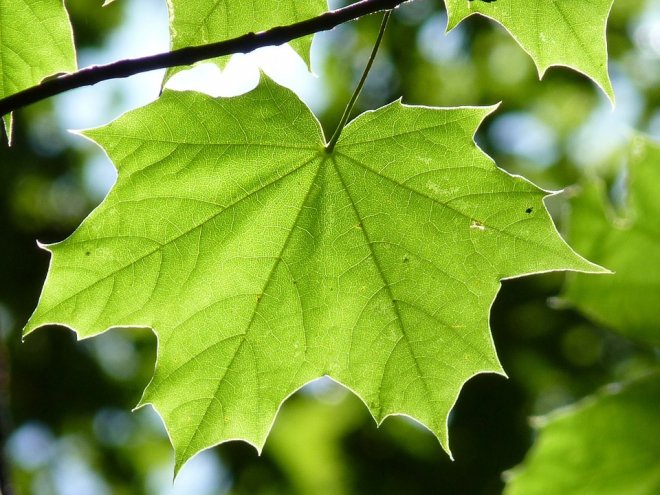
Scientists have designed plants with light green leaves in order to allow sufficient sunlight to penetrate the crop canopy and increase the overall production of the plant.
This new strategy was examined in the new modeling study that revealed that leaves with lower chlorophyll content do not enhance canopy-level photosynthesis, but conserve a significant amount of nitrogen that the plant might be able to replenish to improve light use efficiency and increase the production of the crop.
The top leaves of crops capture excessive amount of light sunlight while the lower leaves do not receive nough light, thus leading to the low chlorophyll content and actually disturb the canopy-level photosynthesis. However, scientists have come up with new light green plants which allow the sunlight to penetrate the crop canopy. In doing so, there was a good improvement of light use efficiency and increased yield.
"Leaves up at the top of the canopy are really greedy- they absorb a lot of light and don't let much down to their brothers and sisters below them," said Berkley Walker, an Alexander von Humboldt Postdoctoral Fellow at the University of Dusseldorf.
"Leaves up at the top aren't very efficient with that light energy, but the leaves at the bottom are very efficient. So, if you could just take some of that light that's being hogged up at the top, and move it down deeper into the canopy, theoretically, you'd have a more efficient canopy," added Berkley.
In the study, published in the Plant Physiology, the researchers examined the above idea with the help of computer simulation amalgamating data from closely 70 different varieties of soybeans with different levels of chlorophyll from the US Department of Agriculture germplasm bank.
The scientist declared that those plants with 20% less chlorophyll theoretically require 9% less nitrogen (N2) without disturbing the carbon gain and improving the plant's growth.
"The simulation reveals that the complex interior structure of leaves causes the light to bounce around so much that the light has the same probability of going up at it does going down," said Robert Emerson , Professor of Plant Biology and Crop Science at the Carl R. Woese Institute for Genomic Biology at the University of Illinois.
"When we decrease chlorophyll, more light is lost to reflection, and we don't get the full benefits of getting light deeper into the canopy where it can be absorbed," said Robert.
The scientist did are further exploring if nitrogen saving could come in use for the photosynthetic bottlenecks to increase sufficient penetration of sunlight into the canopy crops.
"We need to explore if green light can be combined with changes in leaf architecture or if we can re-engineer leaves to be thinner to reduce light reflectance and improve transmittances," said Walker.
The study explained that manipulation of leaf chlorophyll content is a useful method to explore both increased energy level and light use efficiencies.









